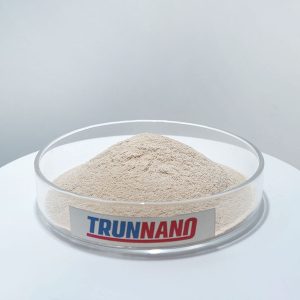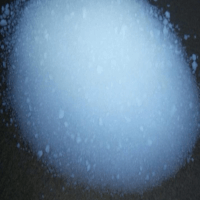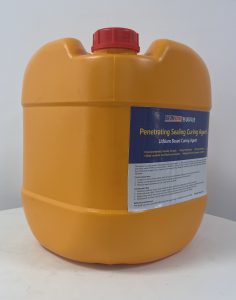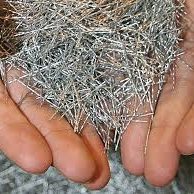Professional solutions on concrete addtives, Concrete Foaming Agent, Superplasticizer, CLC Blocks Additives, and foaming machine
1.What is a Concrete Foaming Agent and a Concrete Defifier Agent?
In the world of concrete construction, two additives often spark confusion: Concrete Foaming Agent and Concrete Defoamer Agent. While both influence the air content in concrete, their roles are fundamentally opposite. A Concrete Foaming Agent is a substance designed to intentionally introduce air bubbles into the concrete mix, enhancing workability and freeze-thaw resistance. On the other hand, a Concrete Defoamer Agent is used to eliminate unwanted air bubbles, ensuring a denser, stronger final product. Understanding their distinct purposes is crucial for selecting the right additive for your project.
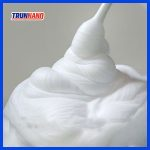
1.1 What are the physical properties of Concrete Foaming Agent and Concrete Defoamer Agent, and what are the differences?
Let’s begin by examining their physical properties. A Concrete Foaming Agent typically appears as a liquid with a low viscosity, allowing it to blend easily into the concrete mix. It creates stable, fine air bubbles that remain suspended in the mixture. In contrast, a Concrete Defoamer Agent is often a thicker, oil-based or silicone-based solution. Its texture helps it break down existing air bubbles rather than forming new ones. The key difference lies in their behavior: foaming agents generate and maintain air voids, while defoamers destabilize and remove them.
1.2 What are the chemical properties and differences between Concrete Foaming Agent and Concrete Defoamer Agent?
Chemically, Concrete Foaming Agents rely on surfactants—substances that reduce surface tension in water—to create air bubbles. Common components include proteins, synthetic polymers, or alcohols, which stabilize the bubbles and prevent them from collapsing. Concrete Defoamer Agents, however, use substances like mineral oils, silicone compounds, or organic esters. These materials disrupt the surface tension of existing bubbles, causing them to merge and burst. The chemical contrast is stark: one promotes air entrapment, while the other ensures its elimination.
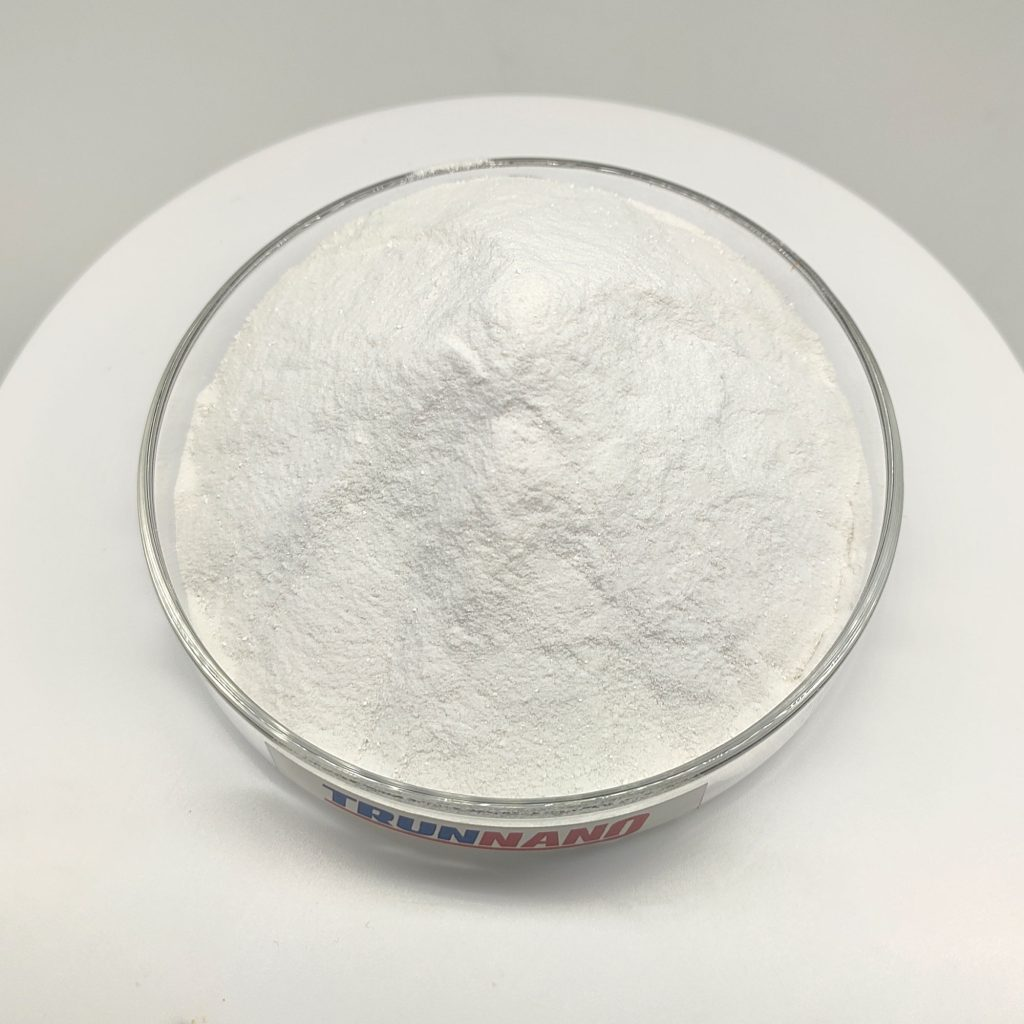
2. What are the advantages and disadvantages of Concrete Foaming Agent and Concrete Defoamer Agent?
2.1 What are the advantages and disadvantages of concrete foaming agents?
Using a Concrete Foaming Agent offers several advantages. First, it improves workability by making the mix more fluid, which is ideal for pumping or placing in complex forms. Second, the air bubbles act as tiny pressure valves during freeze-thaw cycles, protecting the concrete from cracking. This makes it invaluable for outdoor projects in cold climates. However, there are downsides. Excessive air content can reduce compressive strength by up to 15-20%, and improper dosing may lead to honeycombing or weak spots. Additionally, foaming agents can increase the risk of segregation if not properly mixed.
2.2 What are the advantages and disadvantages of Concrete Defoamer Agent?
A Concrete Defoamer Agent shines in scenarios where strength and density are critical. By removing excess air, it enhances compressive strength and reduces permeability, making the concrete more resistant to water and chemical ingress. This is particularly beneficial for structural elements like columns, beams, or high-load floors. The downside is that overuse can strip away beneficial air voids, leading to reduced durability in freeze-thaw environments. Defoamers also require precise application; too much can cause the mix to become sticky or difficult to finish.
| Items | Parameter |
| Apperance | Transparent liquid |
| Efficient Solid content | 20% |
| Usage amount(kg/m3) | 0.75-1.25 |
| Foaming multiple | ≥30 |
| Bleeding rate(ml) | 27 |
| Storage method | Store in a cool, dark place to prevent freezing and high temperature. |
3.The core role of Concrete Foaming Agent and Concrete Defoamer Agent
3.1 The core role of Concrete Foaming Agent
The primary role of a Concrete Foaming Agent is to control air content for specific performance benefits. By introducing microscopic air bubbles, it improves the concrete’s resistance to thermal stress and enhances its cohesion during placement. This is especially vital in projects like pavements, tunnel linings, or precast elements where workability and durability are non-negotiable. The agent also helps mitigate issues like plastic shrinkage cracking by providing space for water to expand as it evaporates.
3.2 The core role of Concrete Defoamer Agent
Conversely, a Concrete Defoamer Agent focuses on eliminating harmful air pockets that compromise structural integrity. In high-strength concrete applications, such as bridges or marine structures, excess air can create weak points prone to corrosion or failure under load. By breaking down bubbles, defoamers ensure a uniform, compact matrix that maximizes strength and longevity. They’re also essential in decorative concrete, where surface imperfections must be avoided.
4. What are the application areas of Concrete Foaming Agent and Concrete Defoamer Agent?
4.1 What are the application areas of Concrete Foaming Agent?
Concrete Foaming Agents are indispensable in projects requiring air-entrained concrete. Key applications include:
- Cold Climate Construction: Roads, sidewalks, and airport runways in regions with harsh winters.
- Precast Concrete: Panels, blocks, and architectural elements where workability is critical.
- Lightweight Concrete: Insulating concrete for walls or roofs, where reduced density is desired.
- Underwater Structures: Dams or piers where air bubbles prevent water penetration and erosion.
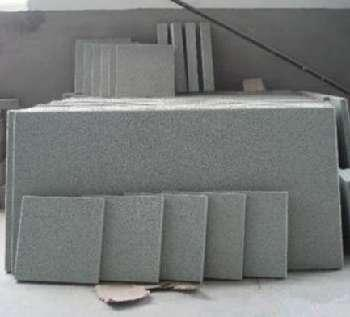
4.2 What are the application areas of Concrete Defoamer Agent?
Concrete Defoamer Agents are equally vital in scenarios demanding maximum strength and density. Common uses include:
- High-Rise Buildings: Columns, beams, and foundations where compressive strength is paramount.
- Industrial Floors: Warehouses or factories requiring wear-resistant surfaces.
- Chemical-Resistant Structures: Tanks or pipelines exposed to aggressive substances.
- Decorative Concrete: Stamped or polished surfaces where air voids would mar the finish.
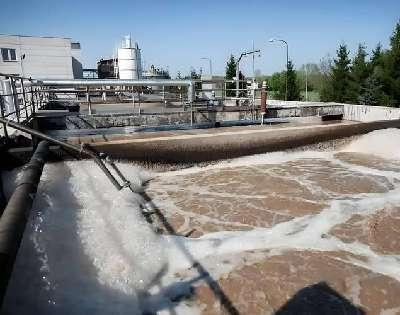
5. How to choose different concrete admixtures for Concrete Foaming Agent and Concrete Defoamer Agent?
Choosing between a Concrete Foaming Agent and a Concrete Defoamer Agent depends on your project’s specific needs. Start by evaluating the environment: in freezing conditions, air entrainment is crucial for durability, making a foaming agent the better choice. Conversely, in high-stress or chemically aggressive settings, a defoamer ensures long-term performance.
Next, consider the structural requirements. If the design demands high compressive strength, a defoamer will help achieve a denser mix. For projects prioritizing workability or freeze-thaw resistance, a foaming agent is essential. Always conduct small-scale trials to test the additive’s compatibility with your cement type, aggregates, and other admixtures.
Supplier
Cabr-Concrete is a supplier under TRUNNANO of Concrete Foaming Agent with over 12 years of experience in nano-building energy conservation and nanotechnology development. It accepts payment via Credit Card, T/T, West Union and Paypal. TRUNNANO will ship the goods to customers overseas through FedEx, DHL, by air, or by sea. If you are looking for Concrete Foaming Agent, please feel free to contact us and send an inquiry. (sales@cabr-concrete.com)
Tags: concrete foaming agent,concrete void filling foam,concrete defoamer


